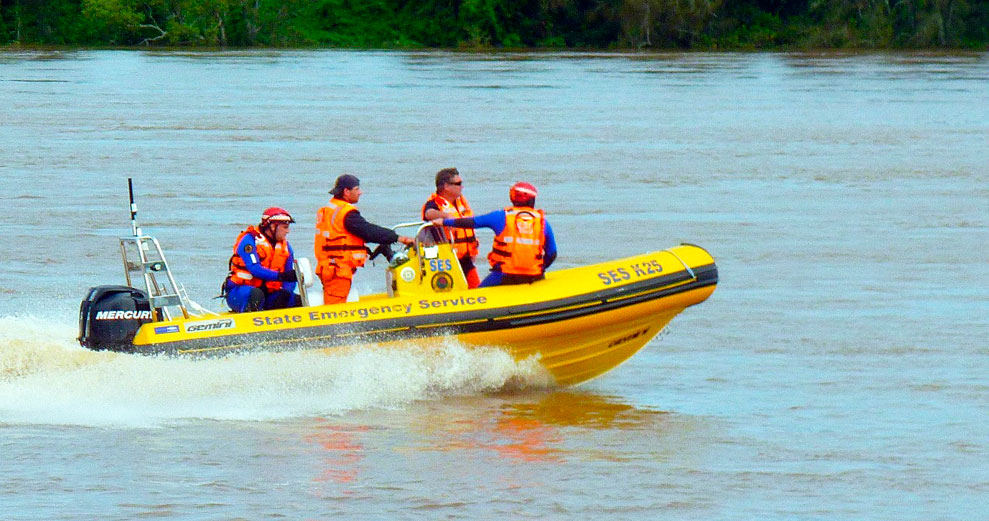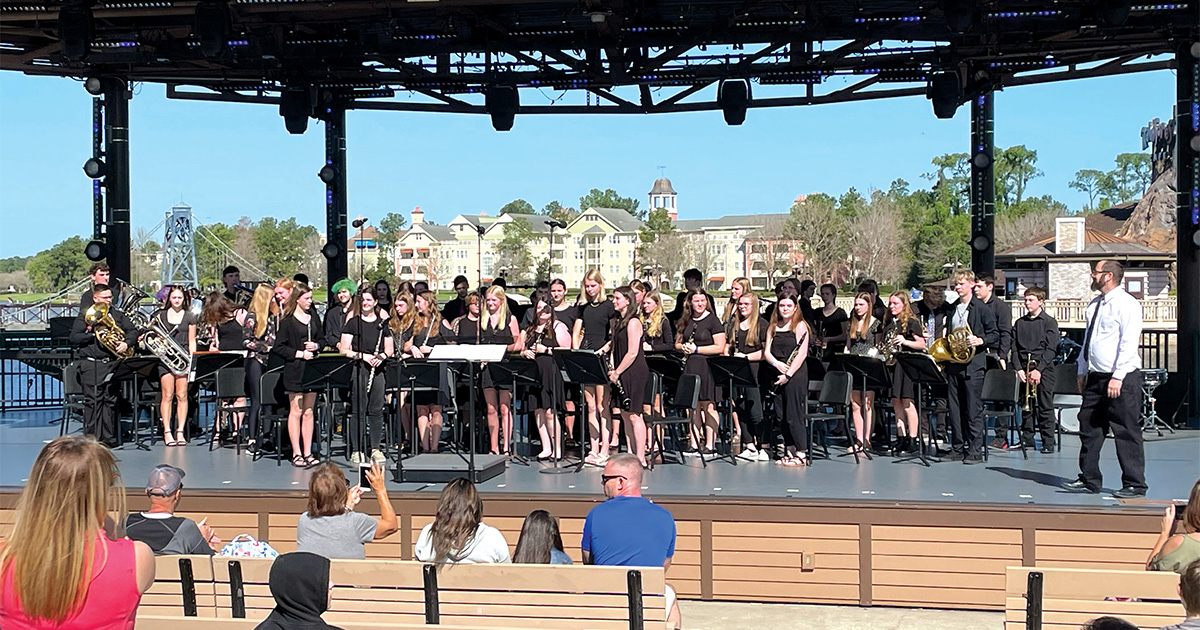Hurricane Harvey has left Texas communities in the Gulf Coast regions facing a long road to recovery.
The storm damage may be in your community, a few miles away or a few hundred miles from home. But if there’s one thing travel teaches us, it’s that we’re all neighbors in this world.
It’s time to put all the lessons travel teaches us—all the character traits travel instills in us—to good use.
For those affected by the natural disaster, our thoughts are with you. For those who have watched the devastation unfold through the media, you know communities are in need of immediate relief and long-term support.
Fundraising can be a daunting task. But teachers, every little bit helps. For younger students, consider classic fundraising opportunities, such as penny wars. For older students, below are ideas to help inspire action.
Choose an organization together.
There are a lot of organizations providing relief to the communities affected by Hurricane Harvey—including Central Texas Red Cross and Americares. Give students ownership of the fundraising process by letting them decide which organization they’d like to support.
Start by discussing the affects of Hurricane Harvey, and what populations and communities need immediate relief and long-term recovery. Give students the opportunity to do their own research, individually or with groups—and encourage them to find causes they are passionate about. Keep in mind that national and local organizations are working to provide support.
Have students present their research to the class and offer an argument for the organization of their choice. It’s a classic case for development: Encourage students to outline the organization’s goals and to find supporting information for its work meeting those goals, including data from its website and reports.
As a class, vote on which organization you’d like to support. You don’t have to stick with one organization, either. Tourism Cares recommends spreading funding to more than one organization, specifically ones with different goals.
Find a fundraiser together.
Just like students worked together to choose an organization they’d like to support as a class, allow them to make a decision about the fundraising process. Again, it instills ownership of the cause—and more brains means more innovation and creativity.
Have students brainstorm fundraising ideas—first in smaller groups, then as a class—and allow them to vote on which effort they’d like to undertake. Don’t underestimate the power of classic fundraising opportunities, such as bake sales, car washes and penny drives.
Again, you could choose multiple methods.
Plan together.
Along the theme of collaboration, plan the fundraiser together as a class.
Organizing fundraising efforts is an opportunity for students to strengthen and develop their skills in real-world scenario.
You might consider assigning committees for various aspects of the fundraising, including community outreach and marketing. Allow students to volunteer or sign up for specific roles that fit their interests and strengths—and let them get to work.
Texas communities have a long road of recovery ahead of them. They’ll need you and your students’ continued support.
Written by Cassie Westrate, staff writer for Teach & Travel.




